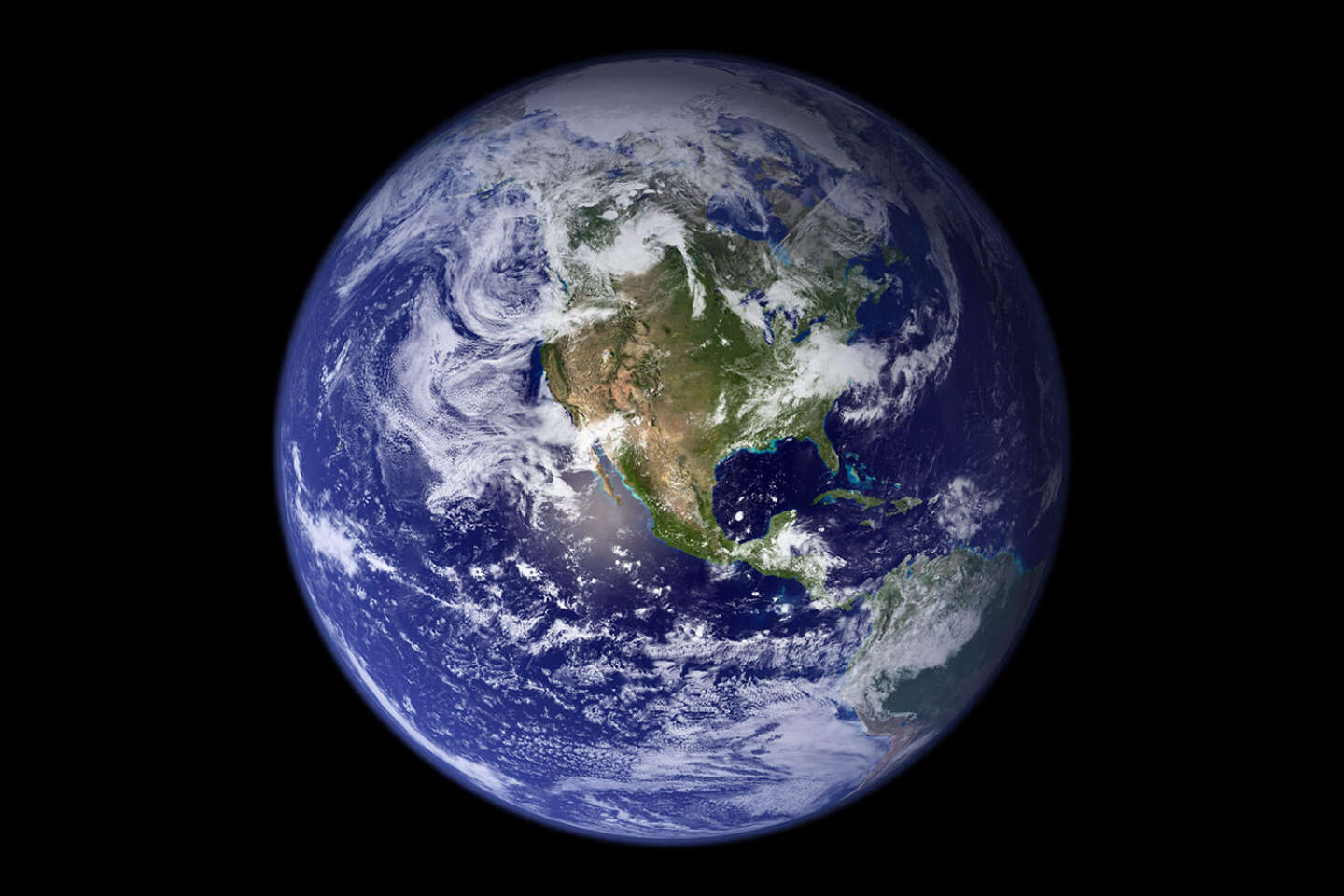


Ever since atmospheric chemist Paul Crutzen (Nobel Prize winner in 1995) popularized the notion of the Anthropocene at the turn of the millennium, the use of the word has spread throughout society. So much so, in fact, that it has become widely accepted that the Anthropocene – the geological epoch dominated by human activity – is already set in stone on the geological time scale, succeeding the Holocene (which began 11,700 years ago), itself the successor to the Pleistocene (from 2.6 million years ago to 11,700 years ago).
The International Union of Geological Sciences (IUGS) has just reminded us that things aren't quite that simple. At the end of a formal review process that began 15 years ago, the organization, the preeminent steward of stratigraphic tables, ruled out the inclusion of the Anthropocene as a geological period. As far as the geological community is concerned, the Earth has not entered a new phase in its history.
On March 21, the IUGS officially announced that the vote "to reject the proposal for an Anthropocene Epoch as a formal unit of the Geologic Time Scale is approved." The vote in question, the results of which were revealed on March 5 by the New York Times, had taken place two weeks earlier within the Sub-Commission on Quaternary Stratigraphy (SQS), a body of the International Stratigraphic Commission (ICS), itself an offshoot of the IUGS. At all levels of this institutional network, the SQS vote was "overwhelmingly supported."
'A deep reluctance to consider short time'
This institutional support masks deep regret within the wider scientific community. In 2009, the IUGS established a multidisciplinary body of some 30 researchers, the Anthropocene Working Group (AWG), to assess the proposal for "stratigraphic validation" of the Anthropocene. Over a period of 15 years, the AWG gathered the relevant scientific literature and, following this review, proposed that the new geological epoch should begin in 1950. That date is consistent with stratigraphers' requirements: A new geological era must be characterized by large-scale changes in the Earth system, with lasting evidence in sediments, rocks or ice.
From the middle of the 20th century onward, "the layers of the Anthropocene differ from those of the Holocene," the AWG argued. "They can be characterized using more than 100 long-lived signals, including anthropogenic radionuclides, microplastics, fly ashes and pesticide residues, most of which began to accumulate in the middle of the 20th century."The 30-odd members of the group had come out almost 90% in favor of stratigraphic validation of the Anthropocene. In the end, their proposal did not convince the members of the SQS.
You have 44.24% of this article left to read. The rest is for subscribers only.
